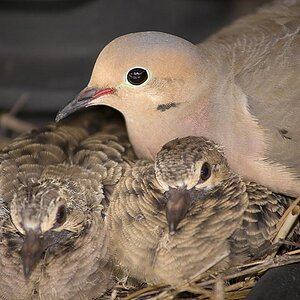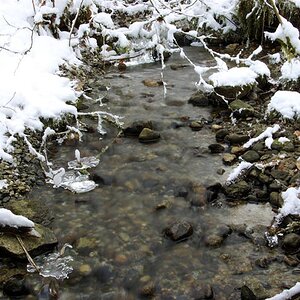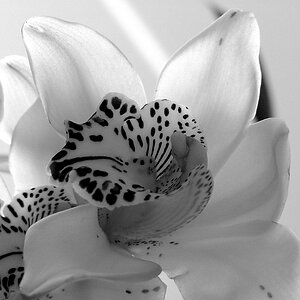- Joined
- Jul 8, 2005
- Messages
- 45,747
- Reaction score
- 14,806
- Location
- Victoria, BC
- Website
- www.johnsphotography.ca
- Can others edit my Photos
- Photos OK to edit
So... a'splain to me Lucy... how come for why you're in here posting and now practicing your indoor/outdoor exposures? Seriously; when something like this comes up, you need to get it weighed off. It's not difficult, but it does take a little practice. Spend a couple of hours on it, and you'll be good for life.Thats true. I nail the shots when I dont have to expose for both the inside and outside.



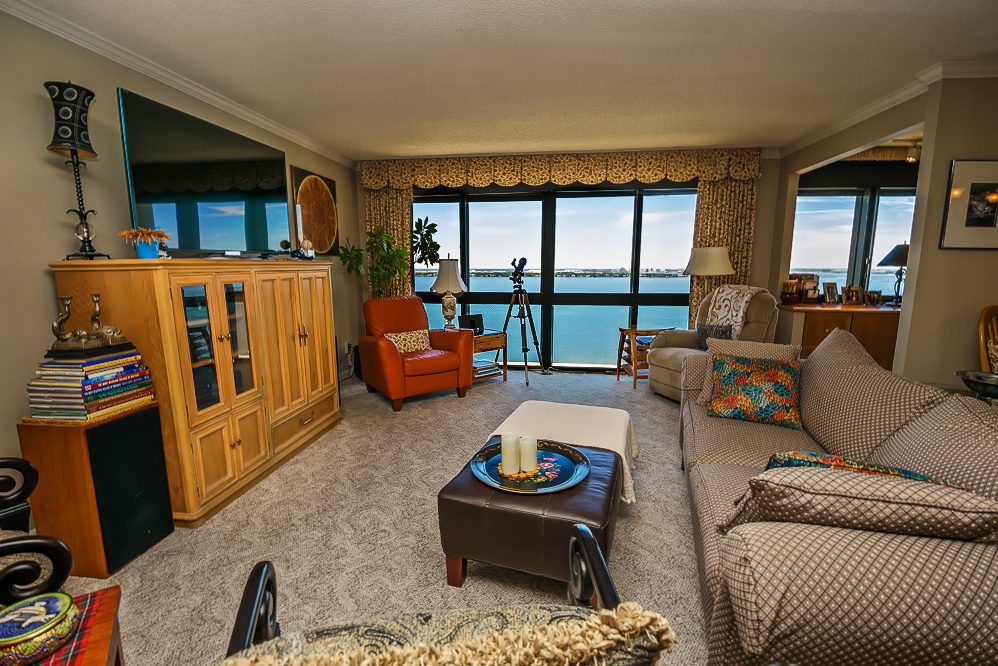 condo-1
condo-1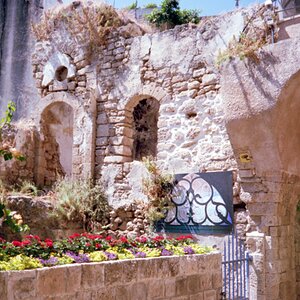
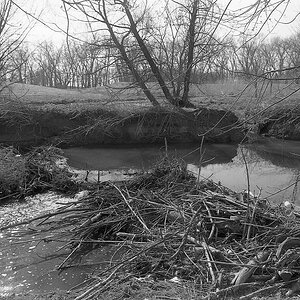

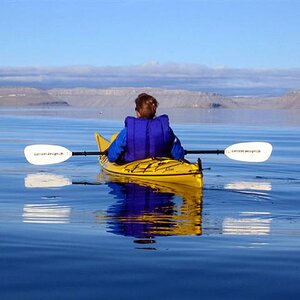
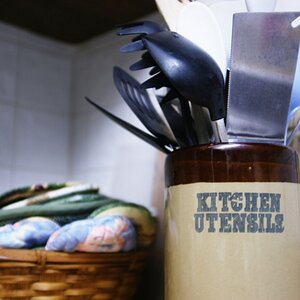

![[No title]](/data/xfmg/thumbnail/38/38261-db20f6f92ee8f0d4c5cf1536e308638b.jpg?1619738546)
